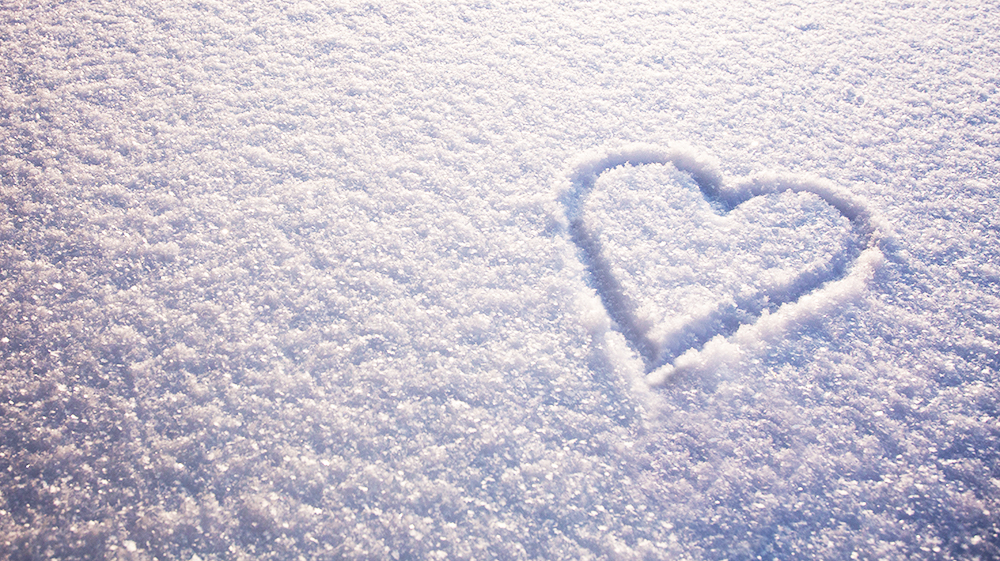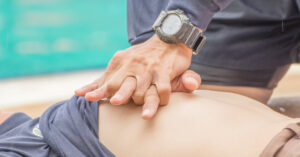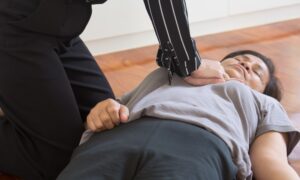Cold Weather and Cardiovascular Disease
This winter season will bring cooler temperatures and ice and snow for some. For most people, shoveling snow may not lead to any health problems. It’s important to know how cold weather can affect your heart, especially if you have cardiovascular disease. Some people who are outdoors in cold weather should avoid sudden exertion, like lifting a heavy shovel full of snow. Even walking through heavy, wet snow or snow drifts can strain some people’s heart.
How does cold weather affect the heart?
Many people aren’t conditioned to the physical stress of vigorous outdoor activities and don’t know the potential dangers of being outdoors in cold weather. Winter sports enthusiasts who don’t take certain precautions can suffer accidental hypothermia.
Hypothermia means the body temperature has fallen below 35 degrees Celsius or about 95 degrees Fahrenheit. It occurs when your body can’t produce enough energy to keep the internal body temperature warm enough. It can kill you. Symptoms include lack of coordination, mental confusion, slowed reactions, shivering and sleepiness.
Children and the elderly are at special risk because they may have limited ability to communicate or impaired mobility. Elderly people may also have lower subcutaneous fat and a diminished ability to sense temperature so they can suffer hypothermia without knowing they’re in danger.
People with coronary heart disease often suffer angina pectoris (chest pain or discomfort) when they’re in cold weather.
Besides cold temperatures, high winds, snow and rain also can steal body heat. Wind is especially dangerous, because it removes the layer of heated air from around your body. At 30 degrees Fahrenheit in a 30-mile per hour wind, the cooling effect is equal to 15 degrees Fahrenheit. Similarly, dampness causes the body to lose heat faster than it would at the same temperature in drier conditions.
To keep warm, wear layers of clothing. This traps air between layers, forming a protective insulation. Also, wear a hat or head scarf. Heat can be lost through your head. And ears are especially prone to frostbite. Keep your hands and feet warm, too, as they tend to lose heat rapidly.
To help make snow removal safer, here is a list of practical tips.
Give yourself a break. Take frequent rest breaks during shoveling so you don’t over stress your heart. Pay attention to how your body feels during those breaks.
Learn the heart attack warning signs and listen to your body, but remember this: Even if you’re not sure it’s a heart attack, have it checked out (tell a doctor about your symptoms). Minutes matter! Fast action can save lives — maybe your own. Don’t wait to call 9-1-1
Don’t drink alcoholic beverages before or immediately after shoveling. Alcohol may increase a person’s sensation of warmth and may cause them to underestimate the extra strain their body is under in the cold.
Consult a doctor if you have a medical concern or question or if you are experiencing symptoms of a medical condition (such as heart disease or diabetes), prior to exercising in cold weather – especially if this is a substantial increase over your usual level of activity.
Be aware of the dangers of hypothermia. To prevent hypothermia, dress in layers of warm clothing, which traps air between layers forming a protective insulation. Wear a hat because much of your body’s heat can be lost through your head.
Learn CPR. Effective bystander CPR, provided immediately after sudden cardiac arrest, can double or triple a victim’s chance of survival. Hands-only CPR makes it easier than ever to save a life. If an adult suddenly collapses, call 9-1-1 and begin pushing hard and fast in the middle of the victim’s chest until help arrives.
Disclaimer:
This content is taken from American Heart Association







